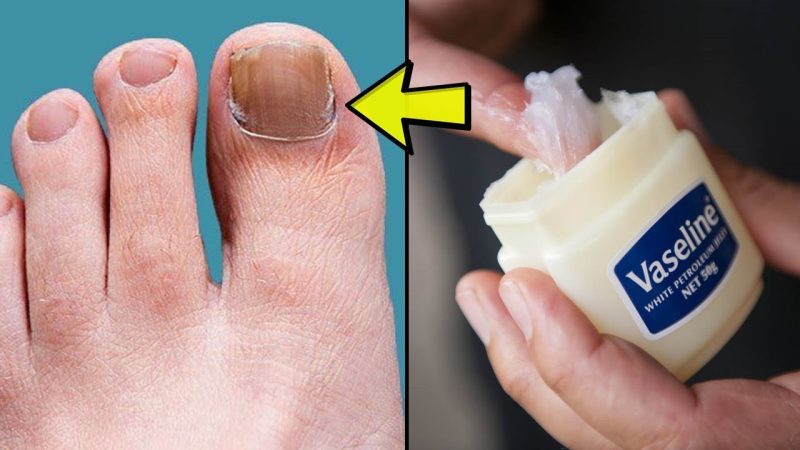 Fungal infection is estimated to be responsible for 50% of all nail diseases. Its prevalence worldwide is very high, and at times it can be challenging to eradicate. Due to the latter, home remedies to eliminate nail fungus have emerged as a more “effective” alternative. But are they better than conventional treatment?
Different means affirm that therapies based on garlic, vinegar, or turmeric are enough to eradicate nail fungus. Almost always, the affirmations are made for free; it is even stated that they can undo the infection in a matter of days. That is why today, we have given ourselves the task of demystifying some natural remedies for nail fungus, all to resort to the safest and most effective therapy.
Fungal infection is estimated to be responsible for 50% of all nail diseases. Its prevalence worldwide is very high, and at times it can be challenging to eradicate. Due to the latter, home remedies to eliminate nail fungus have emerged as a more “effective” alternative. But are they better than conventional treatment?
Different means affirm that therapies based on garlic, vinegar, or turmeric are enough to eradicate nail fungus. Almost always, the affirmations are made for free; it is even stated that they can undo the infection in a matter of days. That is why today, we have given ourselves the task of demystifying some natural remedies for nail fungus, all to resort to the safest and most effective therapy.
Contents